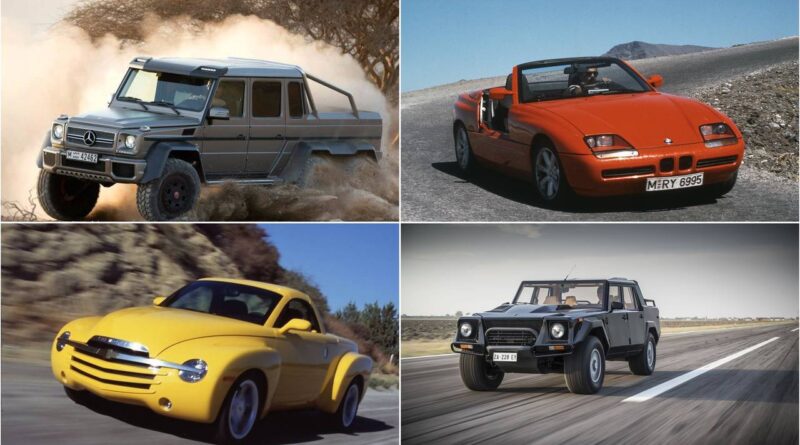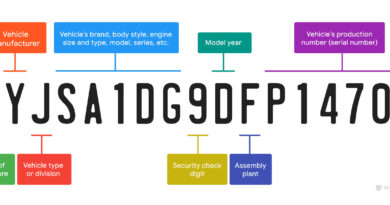Five Weird Car Design Terms: Explained
Five Weird Car Design Terms, the design of automobiles, like any other professional sector, has its vocabulary and abbreviations. The following are five of the most intriguing terminologies used in the lexicon of an automobile designer, “translated” into standard English. If you want to go one step further into car designs, check out BIW Course.
Daylight Opening, often known as DLO
There is nothing better than a well-placed acronym to sound more intelligent than your peers in a meeting, and DLO, which stands for “Daylight Opening,” is possibly the most egregious example of this. The origin of the phrase may be from the realm of architecture; current automobile designers use it to refer to the glass region positioned on the backside of a vehicle, between the first and last roof pillars.
It is common practice to paint one or more of the roof pillars black to create the illusion that the glass panes are connected, making the “DLO” appear larger than it is.
A, B, and C are the Main Pillars
The pillars supporting the roof are labeled using the letters of the alphabet. “A” for the posts that are located next to the front windscreen, followed by “B” for the pillars that are located behind the front doors, and finally, “C” for the posts that are situated in the very back. Because their roots stretch further back, station wagons, minivans, and SUVs all have “D” pillars because these vehicles require more structural support.
The “Beltline”
The term “beltline” refers to the ideal line that joins the base of the side windows, and it is an essential graphic feature in the design of automobiles.
Shoulder
The term “shoulder” indicates the region of the vehicle that is placed below the “beltline.” It is one of the many anatomical terminologies car designers have used for various vehicle components.
Car bodies broaden up directly below the side windows, except minivans and other tiny cars, which have a “mission” that requires them to have the most significant amount of inside space possible about their exterior proportions.
Because it indicates that the vehicle is more “grounded” and has a more forceful “stance” on the road, this is something that automotive designers can never have enough of… at the expense of the amount of space contained within. This portion of the car’s body is known as the “shoulder,” and it’s most noticeable in vehicles designed to perform at a high level of competition.
Matteo Licata Car Designer
This empirical distance is an essential factor in the proportions of cars.
It mentions the distance between the front wheel’s spindle and the vehicle’s dashboard. It is important from an aesthetic standpoint because of its effect on car proportions and how we “read” the designs of automobiles.
Long front ends have visually represented powerful engines, speed, and status ever since the Daimler “Mercedes”. The year 1900 was the first car to situate the machine in front of the driver and cover it with a steel bonnet. This is still the case, considering that even the ground-breaking Tesla Model S adhered to the same visual language that has been around for a century.
Nevertheless, we may observe the gradual disappearance of this idea as we move toward the widespread adoption of electric vehicles.
Conclusion
That was all about the weird terms related to car design. If you are interested in plastic product designs, then explore the Plastic Product Design Course In Pune.




